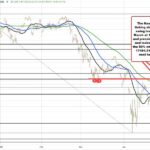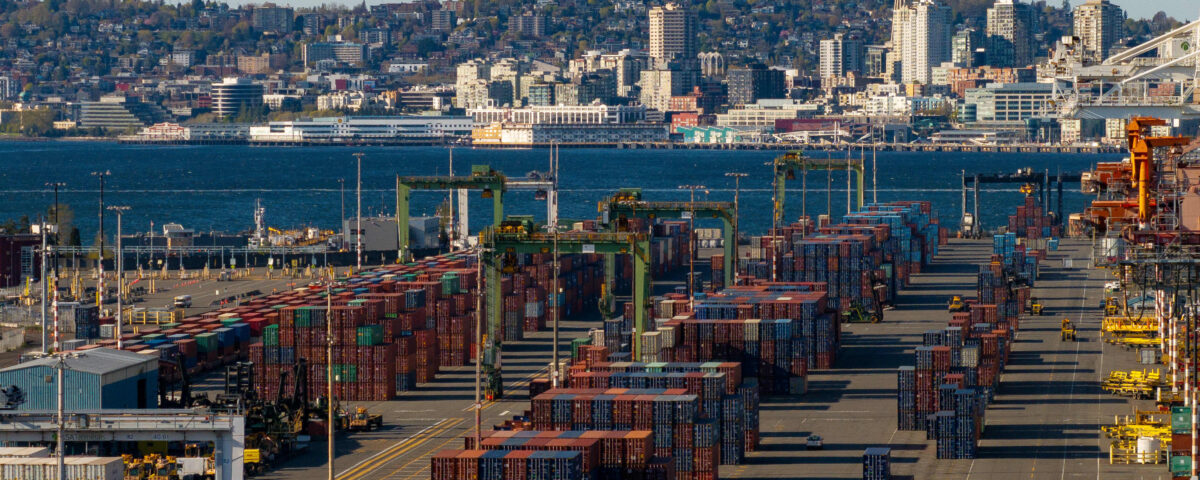
Market Momentum: Analyzing the Recent Rally and Technical Insights
Tháng 4 25, 2025
DNC Showdown: Ken Martin vs. David Hogg – A Clash for the Future of the Democratic Party
Tháng 4 25, 2025Understanding the Disproportionate Impact of Trump’s Tariffs on Lower-Income Americans
Recent studies indicate that the tariffs instated during the Trump administration will have a significant impact on various income groups, revealing a troubling trend where lower-income Americans shoulder a greater burden compared to wealthier individuals. This dynamic presents profound implications not just for individual households, but also for the economy as a whole.
The Financial Burden on Households
Reports estimate that the tariffs could impose an annual cost ranging from $800 to $3,000 per household, with middle-income families projected to experience an average tax hike of $1,300 by the year 2025. The financial strain is particularly evident for low-income households, which are likely to face an increase in expenditures totaling 6.2% due to inflated prices resulting from these tariffs. In stark contrast, wealthier Americans may only see their spending increase by about 1.7%. This variance highlights a critical aspect of the regressive nature of tariff policies—those who can least afford it end up paying a disproportionately higher price for essential goods like food and clothing.
The Broader Implications of Economic Inequality
The implications of these tariffs extend far beyond immediate financial strain on families. The regressive nature of such policies exacerbates existing economic inequalities by placing a heavier weight on lower-income families. While wealthier households can leverage savings or investments to buffer against rising costs, lower-income households face the daunting challenge of allocating a larger percentage of their income toward basic necessities. Consequently, this entrenched inequality becomes a breeding ground for further economic distress. This dynamic parallels the efforts by global powers to navigate complex economic landscapes, such as China’s strategic moves to address U.S.-China trade tensions, which emphasize international stability and economic collaboration despite prevailing tariffs. Read more here.
Long-Term Economic Consequences
The longer-term economic effects of these tariffs are also concerning. Analysts warn that the tariffs could lead to a 6% reduction in long-run GDP and a 5% decrease in wages overall. For the middle-income household, this could translate into a substantial lifetime economic loss of approximately $22,000. The ramifications of such losses could diminish the economic mobility of families and destabilize the financial well-being of entire communities, thereby illustrating the potentially drastic impacts of tariff policies on future economic landscapes.
Public Opinion and Economic Damage
As these realities unfold, public sentiment regarding tariffs remains divided. While surveys indicate widespread disapproval of tariffs among Democrats, Republicans tend to exhibit greater levels of support. However, there is a growing concern across the political spectrum that the economic damage prompted by these tariffs may far exceed any perceived benefits. Such apprehension underscores the complex relationship between fiscal policy and socio-economic wellbeing, indicating that the path forward requires careful consideration of how tariffs impact different segments of the population.
In summary, the imposition of tariffs under the Trump administration poses critical concerns, particularly for lower-income Americans, who are more adversely affected. With rising costs and long-term financial implications threatening their economic security, it becomes crucial for policymakers to evaluate the broader consequences of tariff strategies on societal inequities and economic stability. As debates continue to unfold, a comprehensive understanding of these issues will be essential in shaping effective fiscal policies moving forward.

